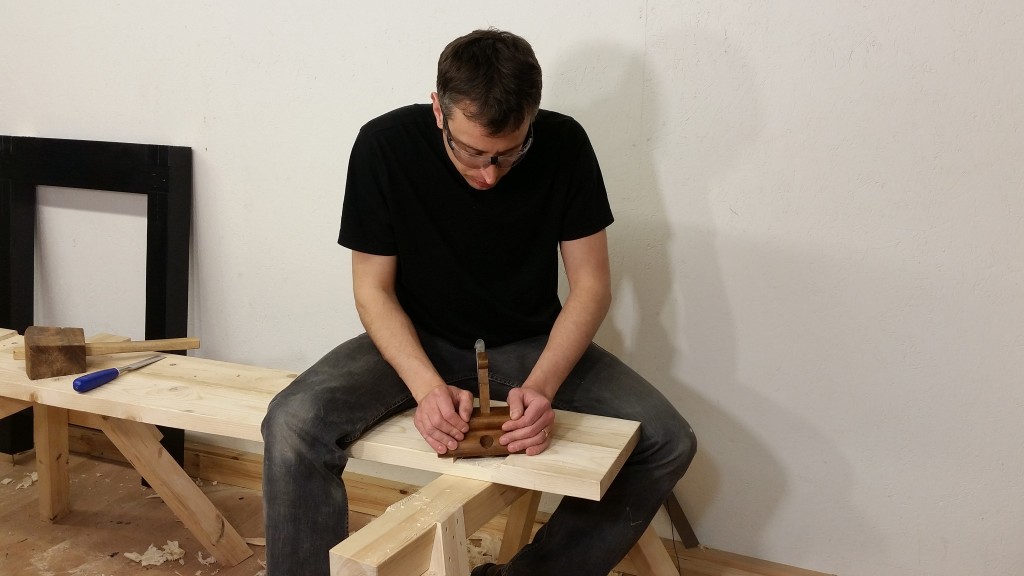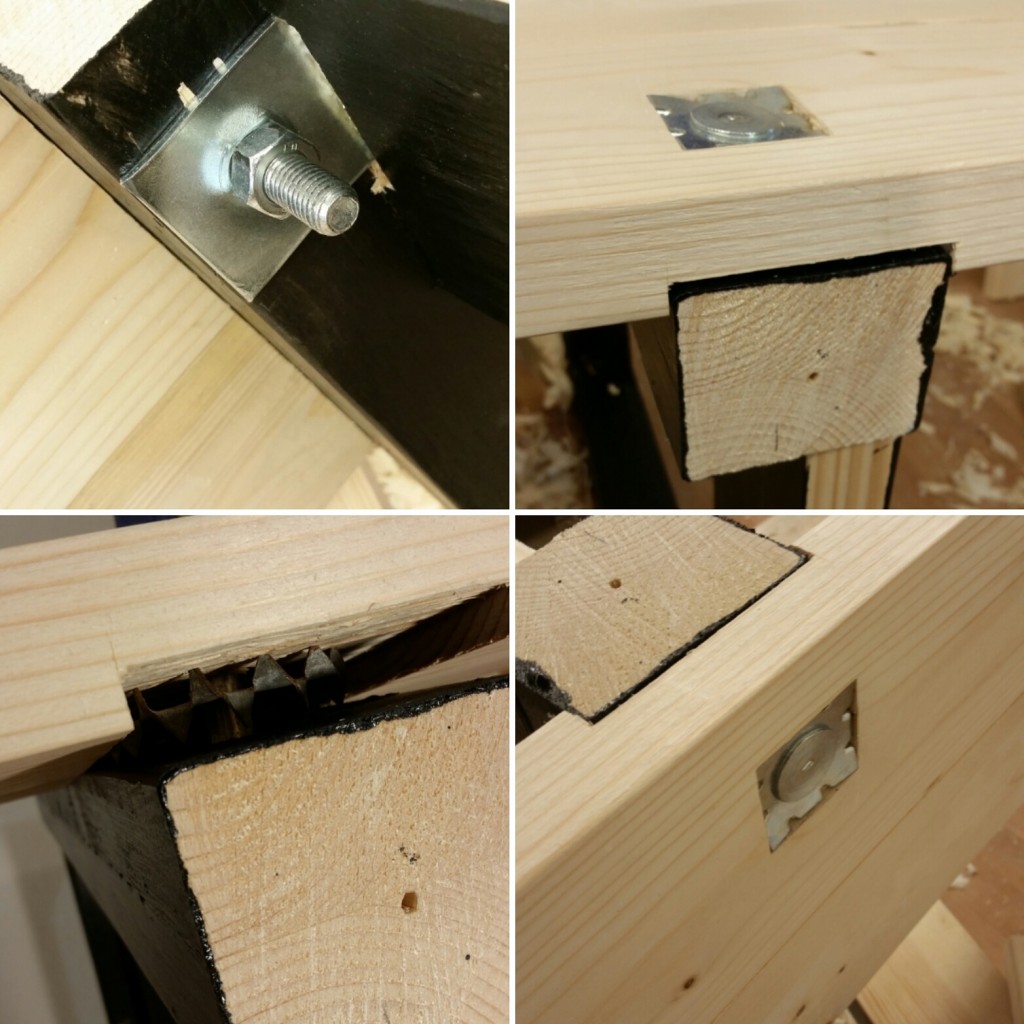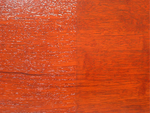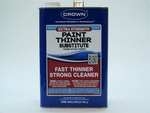We may receive a commission when you use our affiliate links. However, this does not impact our recommendations.
 Apart from a lack of time, the shop the workbench project is progressing well. The leg frames are glued up and I’m working on the aprons at the moment. On the last bench I made I used some heavy gauge screws and the aprons were made flush with the legs. This time I’m creating a dado in the apron and having it proud of the leg frame. Although the screws worked well, I wanted to try a more “belt and braces” approach.
Apart from a lack of time, the shop the workbench project is progressing well. The leg frames are glued up and I’m working on the aprons at the moment. On the last bench I made I used some heavy gauge screws and the aprons were made flush with the legs. This time I’m creating a dado in the apron and having it proud of the leg frame. Although the screws worked well, I wanted to try a more “belt and braces” approach.
I knew, long before I started work, that we had some timber connectors that had been left over from a job. They seemed like an excellent way to make a strong union between the leg frames and the apron. I added in a toothed bolt as well, along with oversize washers. I’ll only use the connector at the top of the apron, the lower will have a bolt in a slightly oversized hole to allow for movement.
These are not for the faint of heart, and I will confess that I played it safe with a trial joint first. As you would imagine, they worked well and were well suited to the structural grade softwood I’m using. I’d not consider using them on dense hardwoods. The torque required to compress the connectors into the timber I was using was plenty enough!
As I worked through the project, I also became highly aware that good sturdy benches have the soul of a good carpenter at their heart. These benches are honest, straight forward and without pretense both in the joinery used and the finished result. Also, I think if you can install some decking, lay some joist, erect a good stud wall then a good traditional workbench should be within your reach.
Here are some supplies and tools we find essential in our everyday work around the shop. We may receive a commission from sales referred by our links; however, we have carefully selected these products for their usefulness and quality.













I’ve always liked using 3/4 or 7/8 dowels wedged (or not) bored straight through the bench top into the legs. In my, limited, experience it has been a stout connection, and I like how it looks. But there are dozens of ways to go about it, as you are showing.
That’s some pretty heavy duty stuff there. Will you use a similar set-up for attaching the bench top?